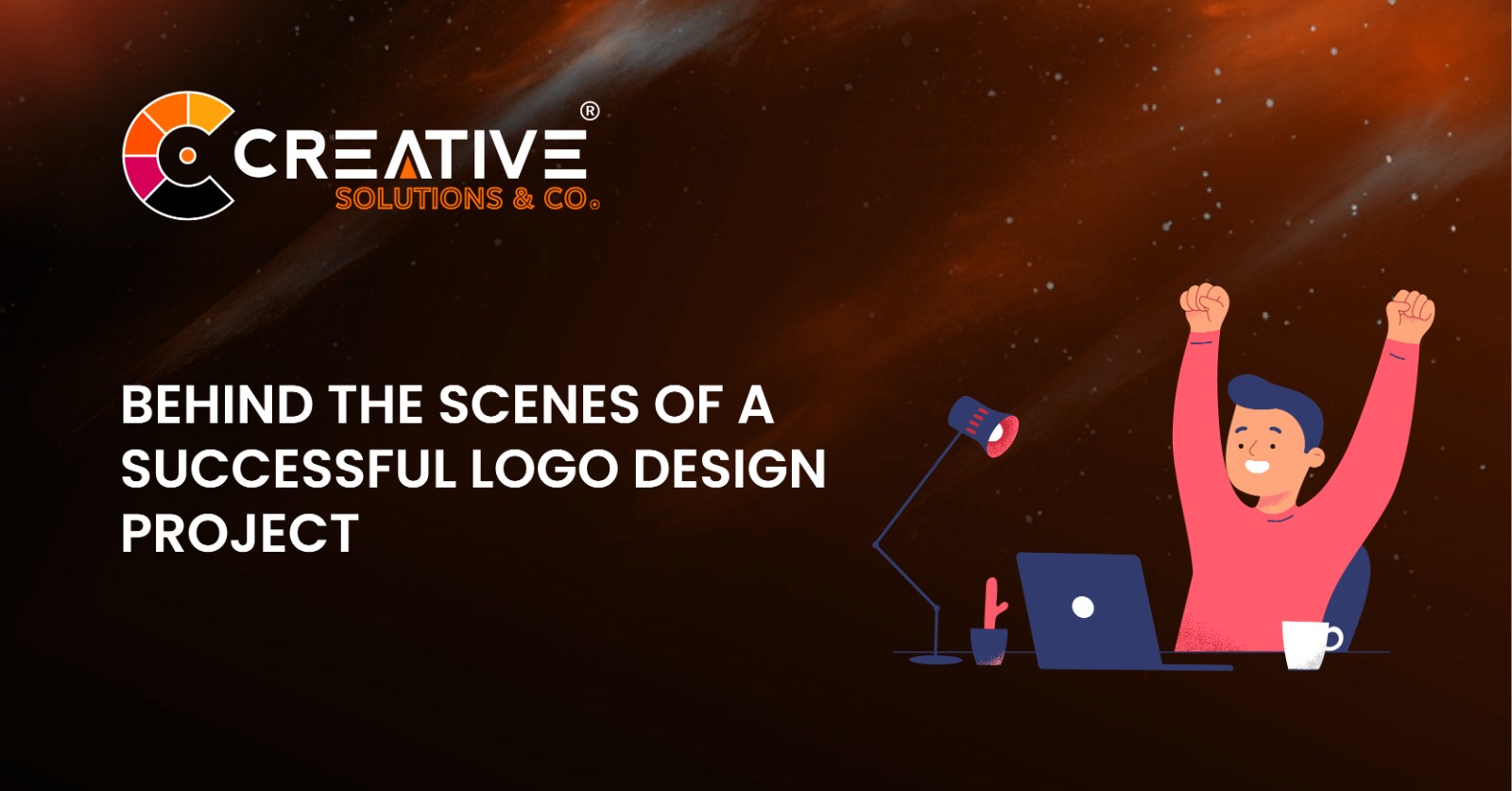Have you ever wondered how graphic design affects user experience in your everyday interactions with websites or apps? From eye-catching layouts to seamless navigation, graphic design plays a crucial role in shaping how we perceive and interact with the digital world. It’s not just about making things look pretty—it’s about creating intuitive, engaging, and meaningful experiences that leave a lasting impression.
Table of Contents For How Graphic Design Affects User Experience
| Sr# | Headings |
|---|---|
| 1 | Introduction: The Role of Graphic Design in UX |
| 2 | What is User Experience (UX)? |
| 3 | The Basics of Graphic Design |
| 4 | How Colors Influence User Perception |
| 5 | Typography: More Than Just Fonts |
| 6 | Layout and Navigation: The Backbone of UX |
| 7 | Visual Hierarchy: Guiding the User’s Eye |
| 8 | Consistency: The Key to Trust |
| 9 | Accessibility and Inclusivity in Design |
| 10 | How Micro-Interactions Enhance UX |
| 11 | The Emotional Impact of Visuals |
| 12 | The Role of Feedback in UX Design |
| 13 | Common Mistakes in Graphic Design for UX |
| 14 | Future Trends in Graphic Design and UX |
| 15 | Conclusion: Designing Experiences That Stick |
Introduction
Graphic design and user experience are like two sides of the same coin. While UX focuses on how users interact with a product, graphic design ensures that interaction is visually pleasing and seamless. Together, they create a symphony that makes technology intuitive, enjoyable, and accessible.
What is User Experience (UX)?
In simple terms, UX is how someone feels when interacting with a product or service. Imagine walking into a store: if it’s cluttered and hard to navigate, you might leave feeling frustrated. Digital spaces are no different. UX is about ensuring ease, clarity, and satisfaction for the user.
The Basics of Graphic Design
Graphic design is the art of visually communicating ideas and messages. It involves everything from choosing the right colors and fonts to creating layouts and images. Without thoughtful graphic design, even the best UX strategy can fall flat.
How Colors Influence User Perception
Did you know colors can impact mood and behavior? Blue often conveys trust and calmness, while red signals urgency or excitement. For example, social media platforms like Facebook and LinkedIn use blue to foster trust and reliability. Choosing the right color palette in design can subtly guide users’ emotions and decisions.
Typography: More Than Just Fonts
Fonts aren’t just about aesthetics—they play a critical role in readability and tone. Serif fonts feel traditional and formal, while sans-serif fonts are modern and approachable. A clean, readable font can reduce user frustration and keep them engaged with your content.
Layout and Navigation: The Backbone of UX
A well-organized layout is like a road map for your audience. Imagine visiting a website where you can’t find the contact button. Frustrating, right? Clear navigation ensures users can easily access the information they need, improving overall satisfaction.
Visual Hierarchy: Guiding the User’s Eye
Visual hierarchy is like a tour guide for your content. Designers use size, color, and placement to emphasize important elements. For instance, a call-to-action button should stand out so users know where to click without second-guessing.
Consistency: The Key to Trust
Have you ever noticed how brands like Apple maintain the same design aesthetic across all their products? That’s consistency. Consistent colors, fonts, and layouts build trust and make a product feel professional and reliable.
Accessibility and Inclusivity in Design
Good design should work for everyone, including those with disabilities. This means using high-contrast colors for readability, alt text for images, and clear fonts. Inclusive design broadens your audience and ensures no one feels left out.
How Micro-Interactions Enhance UX
Micro-interactions are the tiny animations or responses a user gets from a product—like a “like” button lighting up when clicked. These small details make the experience engaging and provide feedback that the system is working as expected.
The Emotional Impact of Visuals
Visuals have the power to evoke emotions. Think about how a charity website uses images of people in need to encourage donations. A strong emotional connection can drive user actions and make your product more memorable.
The Role of Feedback in UX Design
Feedback reassures users that their actions are successful. For example, after filling out a form, a success message confirms submission. This reduces uncertainty and improves the user experience.
Common Mistakes in Graphic Design for UX
- Overloading with visuals: Too many graphics can overwhelm users.
- Ignoring mobile users: A design that doesn’t work on mobile is a missed opportunity.
- Clashing colors: Poor color choices can make text hard to read and drive users away.
Future Trends in Graphic Design and UX
From augmented reality to voice-activated interfaces, the future of graphic design and UX is exciting. Keeping up with these trends can help businesses stay relevant and competitive.
Conclusion
Graphic design isn’t just about making things look pretty—it’s about crafting meaningful experiences that resonate with users. By understanding how design elements affect user experience, we can create products that are not only functional but also delightful to use.
FAQs About How Graphic Design Affects User Experience
1. How does graphic design improve user experience?
Graphic design improves UX by making products visually appealing, easy to navigate, and emotionally engaging. It guides users intuitively through content and interactions.
2. Why are colors important in graphic design?
Colors influence emotions and perceptions. They can evoke trust, excitement, or urgency and play a critical role in branding and user decision-making.
3. What is visual hierarchy in graphic design?
Visual hierarchy arranges design elements to emphasize importance. It guides users’ attention to key areas, like headlines or call-to-action buttons.
4. How can graphic design be made more accessible?
Using high-contrast colors, alt text for images, and readable fonts ensures that designs are inclusive and usable for everyone, including those with disabilities.
5. What are some common graphic design mistakes in UX?
Overloading with visuals, ignoring mobile-friendly designs, and using clashing colors are common errors that can negatively affect user experience.







